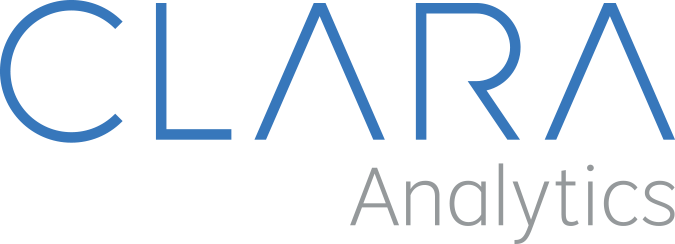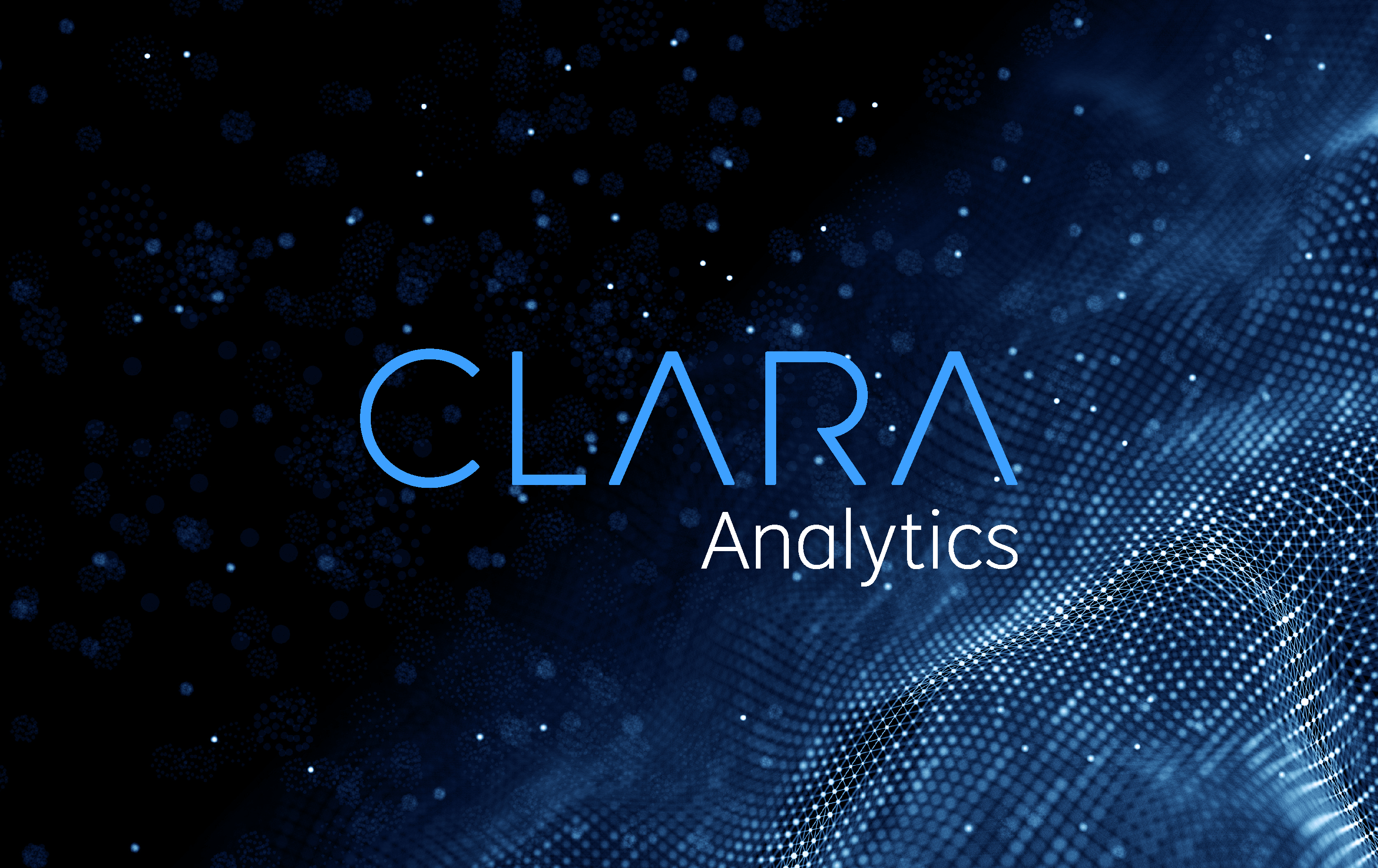How to Recruit Claims Adjusters: Embrace Intelligence
If you look at a list of preferred jobs of college graduates, “claims adjuster” might not make the list. Insurance claims operations likely seem foreign to a 21- or 22-year old who probably has never had to file a claim. There is limited understanding about what is involved or why. One doesn’t hear much about claims adjusters on the news or on YouTube; the profession is all sort of a mystery. Because of this, claims operations tend to be jobs people “happen upon.”
In the past, the insurance industry has not needed to recruit aggressively, but this is about to change. The average claims adjuster stays in the industry for only four years. Another swath of adjusters soon will retire. Employee turnover coupled with an aging out of other workers will create problems that can cripple organizations. Attracting new talent to the field while retaining a larger percentage of experienced workers is critical.
Gaps
There are two gaps that have to be addressed to preserve the health of claims adjusters moving forward: the mindset gap and the knowledge gap. The mindset gap pertains to negative perceptions of the field and its related responsibilities as well as how workers approach their jobs. The primary generations of workers entering claims operations, millennials and Gen Zers, typically don’t plan to stay with the same company in the same position for long. Career aspirations are different than previous generations ruling claims operations. According to Gallup, only half of millennials plan to be in their same job a year from now, and just 29% feel invested in their work. High millennial turnover costs the U.S. approximately $30.5 billion annually. The numbers don’t look much better for Gen Z — and in a profession like claims, this paints an even bleaker picture.
The claims field already has strikes against it that other jobs don’t have. If droves of millennials are leaving positions because they are not engaged or emotionally invested, a general perception that claims is a data entry job becomes highly problematic. Piling on, claims representatives traditionally have been viewed as adversaries to claimants, with claims adjusters not trusting the people they are charged with helping. This hardly evokes the warm, fuzzy feeling workers want to experience with their respective jobs, likely hastening a quick exit from the profession.
Compounding the problem, it takes claims adjusters years to accumulate the knowledge needed to be effective. Experienced claims adjusters understand countless factors and nuances that come into play in a claim, creating a sizeable knowledge gap between new and veteran claims adjusters. If employees walk out the door before accumulating this knowledge, that is a huge loss on the investment spent on training without ever reaping the benefits. Similarly, there are significant issues as adjusters retire, taking a career’s worth of knowledge and experience with them before well-trained workers are in place.
AI: The Secret Weapon in the Battle to Recruit and Retain Talent
One of the most promising solutions to recruiting and retaining workers lies with artificial intelligence — and not in the way that you might think. I am not talking about the solutions that identify potential workers and send them an email. I mean applying AI to attack the actual gaps in mindset and in knowledge.
First mindset. AI-driven solutions are being implemented across insurance organizations that can provide far richer information about claims while eliminating rote tasks. This enables claims team members to dive deeper into a claim and instantly discover new information that is meaningful to their decision-making process. With the latest in data science (an attractive term to would-be applicants seeking cutting-edge jobs), AI-based solutions prompt adjusters to use data and apply their own brain to solve increasingly complex challenges.
Additionally, AI helps root out fraud, removing the fear that someone is trying to run a scam from claims representatives’ minds and helping to transition the adjuster’s role from adversary to advocate. Within this new paradigm, it becomes possible to scale compassion so that representatives can truly serve people in a highly efficient manner. This concept, one of scalable compassion, also creates a shift in how claims themselves are viewed. Instead of seeing a hassle or a mountain of red tape to fight through, claimants view their claims as actual benefits and treat representatives with greater respect. These factors combine to make a much more inviting environment for new recruits while assisting in the retention of the current workforce.
In terms of the knowledge gap, because AI adds intelligence to the claims process, the learning curve for newer representatives can be reduced dramatically. AI gets all workers to a competent level almost immediately. It’s an equalizer of sorts. While experience will always be an asset, the knowledge gap essentially disappears when a smart system that tells representatives what they need to know when they need to know it is in place.
Fortifying the Industry
Because the nature of the claims representative position changes — from adversary to advocate, from heavy on data entry to full of opportunities for insightful decision-making, from a high barrier of entry to hitting the ground running — there is greater appeal and room for growth.
Additionally, in the current environment, the majority of the workforce is being asked to work from home. This has been a difficult transition for businesses across a range of industries. Insurance has been surprisingly adept, however, with many claims adjusters already working remotely. This practice will continue after COVID-19 passes, which can be a perk for many millennials and Gen Zers who don’t want to commute to an office every morning and who value flexibility.
With a little innovation, a more adaptable approach, and proper application of AI-based technology, the claims industry can transform what it means to be an adjuster; attract new, talented workers to organizations; and provide them with long, fulfilling careers — all while averting a hiring crisis. Without such change, I predict the claims process as we know it will unravel within a decade.
The next step is clear. Will you take it?
About Thomas Ash
Thomas Ash, senior vice president, brings 30 years of experience in healthcare, insurance and workers’ compensation to CLARA Analytics, the leading provider of artificial intelligence (AI) technology in the commercial insurance industry. With leadership responsibility for CLARA’s business development, he plays an instrumental role in the execution of CLARA’s aggressive growth strategy as the company scales to meet market demand. Prior to CLARA, Tom spent five years developing a successful consulting business in which he helped dozens of leading companies accelerate growth and profitability while dramatically improving service delivery and increasing customer satisfaction. He also served in executive roles at Ametros Financial, Progressive Medical Inc., Kaiser Permanente, Health Net, Interplan Health Group, First Health and Occucare International. Mr. Ash received a Bachelor of Science, Business from Arizona State University.
This article first ran in WorkCompWire.




